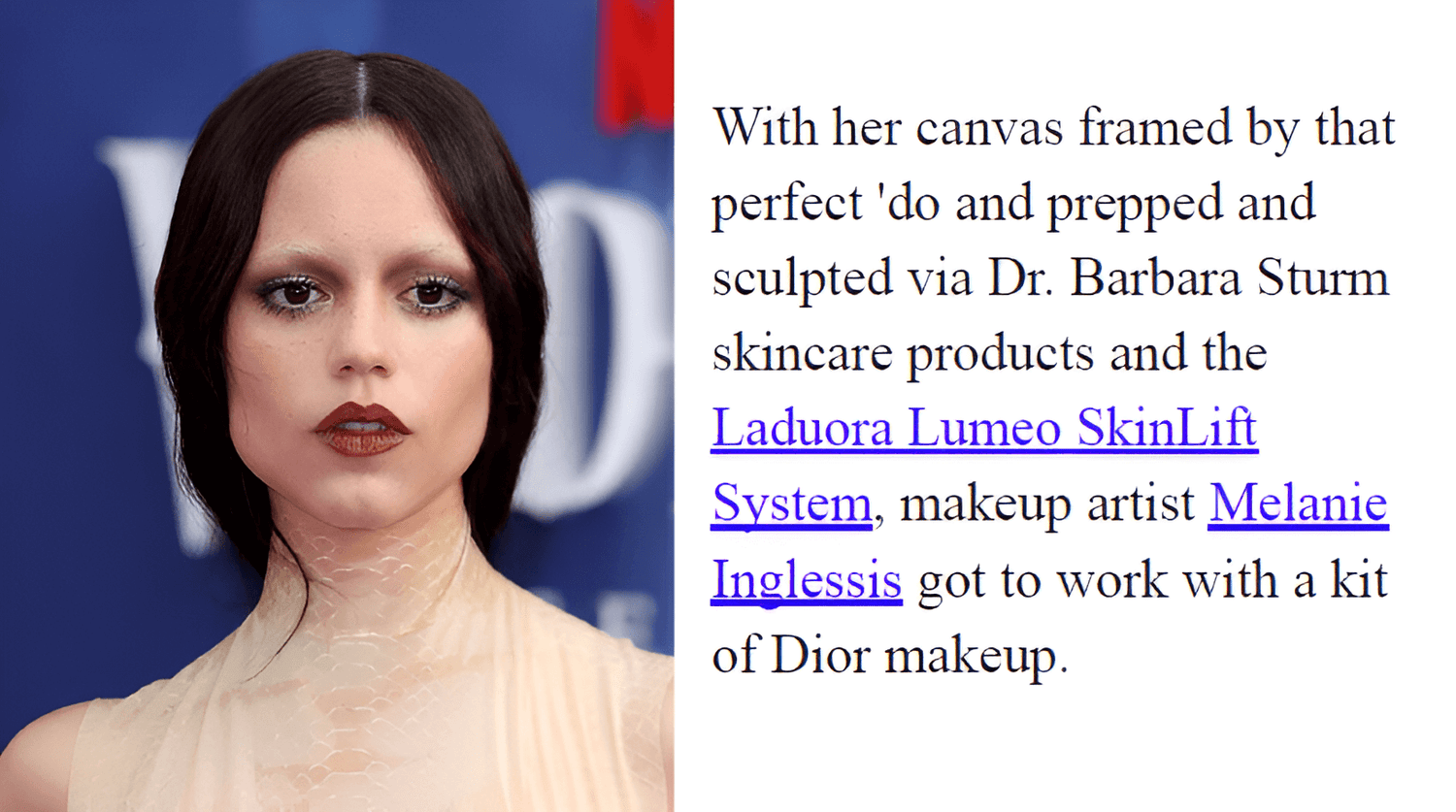The Laduora DUO, a red light therapy hair growth and repair device, has gained attention as a potential solution for hair loss. But does it truly deliver results? Let's examine the science and evidence behind this innovative device to understand its effectiveness in addressing hair loss.
Understanding Laduora DUO
The Laduora DUO combines the power of red light therapy, microcurrent technology, sonic vibration therapeutic warming and smart scalp elixir pod technology to nourish the scalp and promote hair growth and repair. Red light therapy and microcurrents are known to stimulate blood flow, encourage cellular activity, and rejuvenate hair follicles, potentially leading to improved hair growth.
The Theory Behind Hair Growth Stimulation
Red light therapy, applied through the Laduora DUO, is believed to penetrate the scalp and stimulate hair follicles, enhancing blood circulation and providing vital nutrients and oxygen to the hair roots. This process may revitalize dormant hair follicles, promoting the growth of healthier and thicker hair over time.
Microcurrent for Hair Loss: Examining its Effectiveness
Microcurrent therapy has emerged as a potential treatment for hair loss, but does it truly deliver results? Let's delve into the science and evidence behind this technique to understand its efficacy in addressing hair loss.
Understanding Microcurrent Therapy
Microcurrent therapy involves the use of low-level electrical currents, typically in the range of microamperes, to stimulate cells and tissues in the scalp. The idea behind microcurrent therapy for hair loss is that these gentle electrical impulses can enhance blood circulation, nourish hair follicles, and promote hair growth.
The Theory Behind Hair Growth Stimulation
Microcurrent therapy aims to improve the microcirculation of blood in the scalp, facilitating the delivery of nutrients and oxygen to hair follicles. By doing so, it may help awaken dormant follicles, stimulate hair growth, and strengthen existing hair strands. Studies have reported positive outcomes, indicating improvements in hair density and thickness with the use of microcurrent therapy.
Combining Microcurrent Therapy with Other Treatments
For individuals seeking comprehensive hair loss treatment, combining microcurrent therapy with other proven methods like topical medications or red light therapy may enhance results.
Red Light Therapy for Hair Loss: Unraveling the Truth
Red light therapy has gained popularity in recent years as a potential solution for hair loss. But does it actually work? Let's delve into the science and evidence behind this innovative treatment to separate fact from fiction.
Understanding Red Light Therapy
Red light therapy, also known as low-level laser therapy (LLLT) or photobiomodulation, involves the application of low-intensity red and near-infrared light to the scalp. These specific wavelengths of light penetrate the skin and are absorbed by the hair follicles, stimulating cellular activity and promoting hair growth.
The Theory Behind Hair Growth Stimulation
Red light therapy is believed to work by increasing blood flow to the hair follicles, providing them with more oxygen and nutrients. This process revitalizes dormant hair follicles, encouraging them to enter the active growth phase and producing thicker, fuller hair over time.
Numerous studies have investigated the effects of red light therapy on hair growth, yielding promising results. Some research suggests that regular sessions of red light therapy can significantly improve hair density, hair count, and hair thickness in individuals experiencing hair loss. However, it's important to note that while some studies show positive outcomes, the efficacy of red light therapy for hair loss can vary among individuals. Factors such as age, underlying health conditions, and the severity of hair loss may influence the treatment's effectiveness.
Combining Red Light Therapy with Topical Treatments for Hair Growth
Red light therapy and topical treatments are two distinct approaches to combat hair loss. However, combining these modalities can potentially enhance their effectiveness and offer a more comprehensive solution for individuals experiencing hair loss. Let's explore the benefits and considerations of pairing red light therapy with topical treatments.
Topical treatments, such as minoxidil and certain hair growth serums, can directly target the scalp and hair follicles. These formulations often contain active ingredients that nourish hair follicles, strengthen existing hair, and promote healthier growth. When applied regularly, topical treatments can slow down hair loss and improve hair density.
Conclusion
Hair regrowth takes time, and results may vary among individuals. Patience and consistent application of both treatments are key to achieving the best outcomes.








